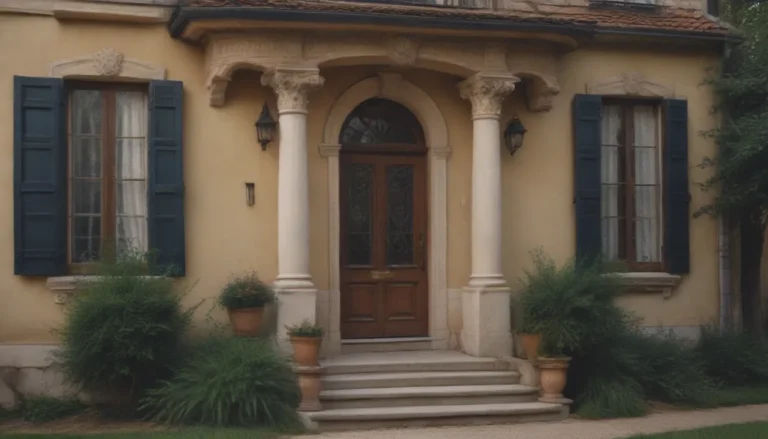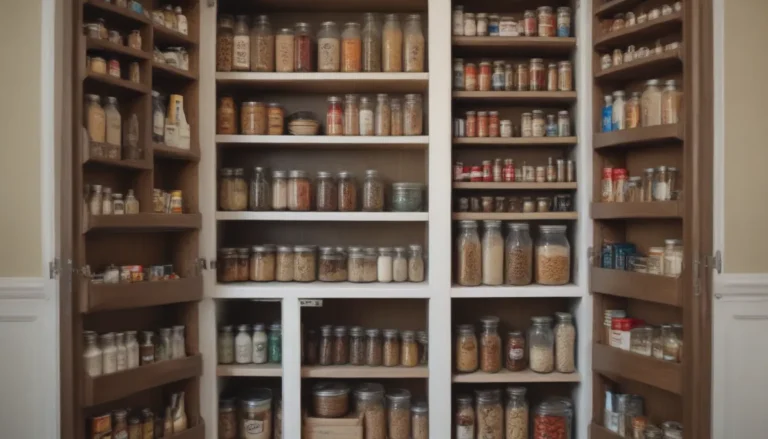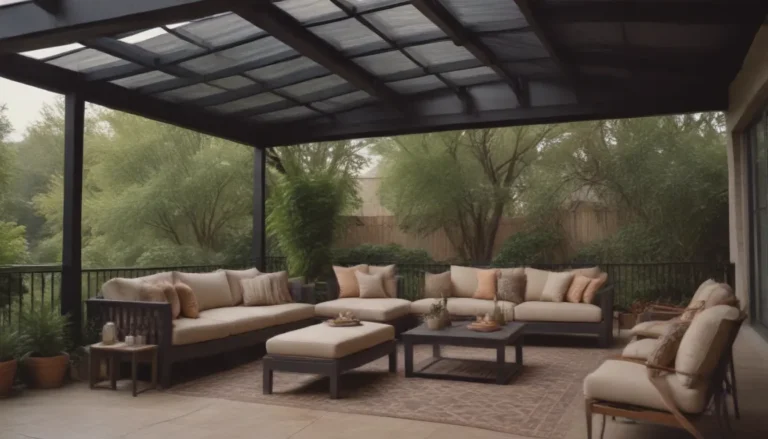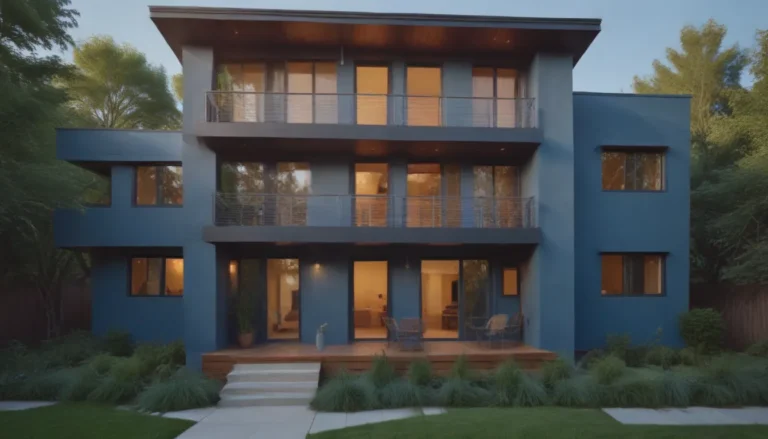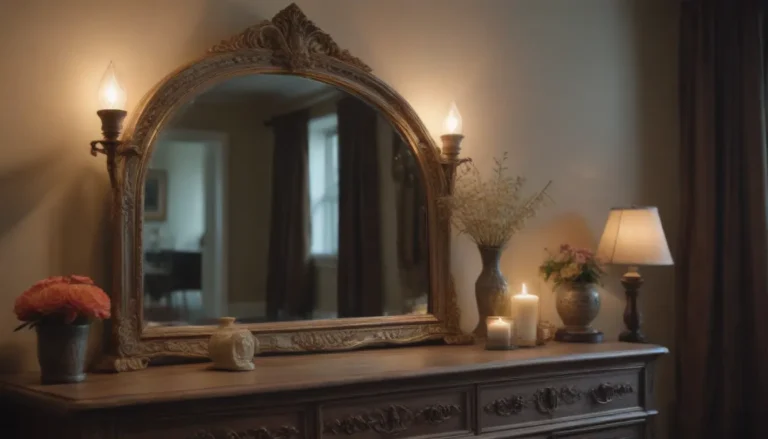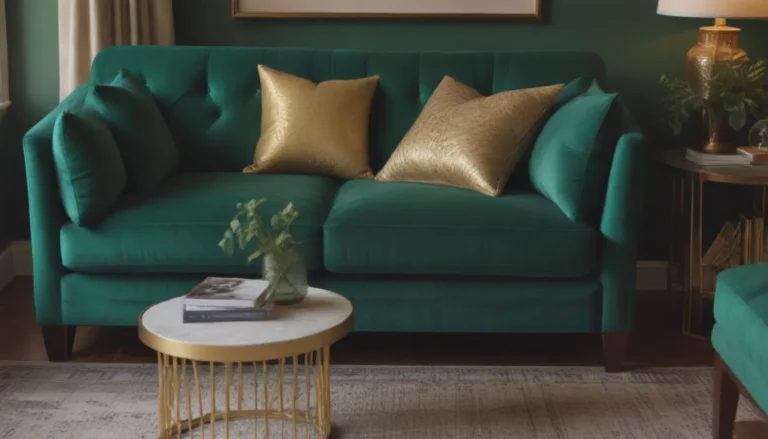Understanding Cape Cod Architecture: A Quintessentially American Style
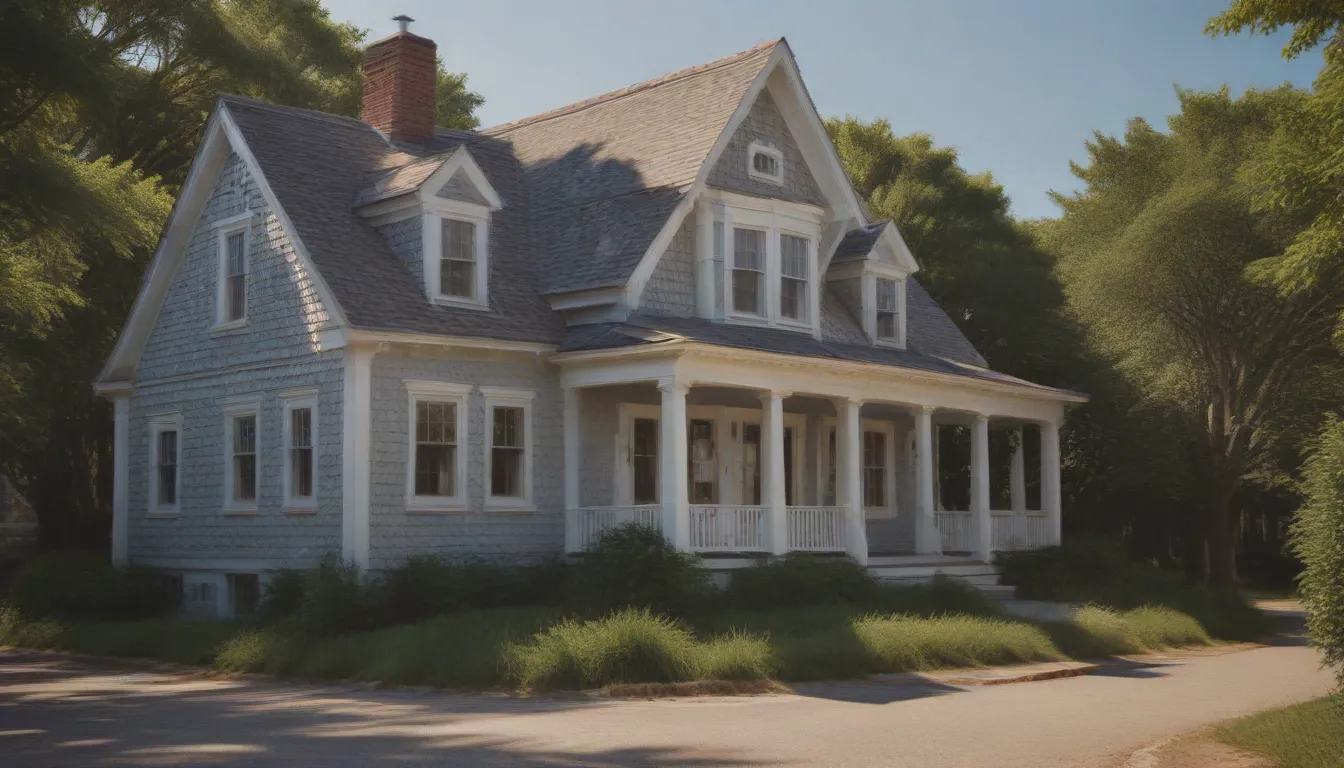
Cape Cod architecture is a beloved style in American architecture, known for its simple yet timeless design elements that exude comfort and charm. Originating in the Massachusetts coastal region after which it is named, Cape Cod houses have become a staple in New England and beyond. With their clean-lined rectangular silhouette, steep roof, and central door, these homes embody a sense of cozy familiarity that has endured through the years.
Exploring the Characteristics of Cape Cod Homes
When looking for a Cape Cod home, there are certain features that are commonly found across different variations of this architectural style:
- Small, Rectangular Design: The original Cape Cod house is a modest, unadorned cottage with a one to one-and-a-half-story layout.
- Steeply Pitched Roof: A signature trait of Cape Cod homes, the steep roof helps prevent snow accumulation.
- Central Chimney: Historically, Cape Cod houses featured a large central chimney to provide warmth.
- Multi-paned Windows: Wooden shutter-clad windows frame a central door, adding to the traditional aesthetic.
- Variations: Cape Cod houses come in three main variations – half, three-quarters (Saltbox-style), and full Capes, each with unique characteristics.
While the full Cape is often considered the ideal representation of the style, modern interpretations may include dormer windows for additional light and space. Cape Cod revival houses from the mid-20th century may also showcase more embellished details while maintaining the overall simplicity of the design.
Durable Materials Used in Cape Cod Homes
Traditionally, Cape Cod houses were constructed using sturdy, locally-sourced materials that could withstand harsh New England winters. Some common materials used in Cape Cod architecture include:
- Shiplap: A popular siding style resembling the planks of a ship’s hull, adding a nautical touch to the exterior.
- Beadboard: Horizontal or vertical panels that contribute to a rustic, cottage-like feel inside the home.
When decorating a Cape Cod home, consider incorporating these materials to maintain an authentic look and feel that pays homage to the style’s origins.
Embracing Cape Cod Style in Interior Design
Decorating with Cape Cod style involves creating a warm and inviting space that reflects the home’s coastal heritage. Some key elements to consider include:
- Furniture: Opt for clean, traditional pieces with minimalist shapes and a cottage charm.
- Color Palette: Choose ocean-inspired colors like sage green, aquamarine, and buttery beige for a beachy vibe.
- Accents: Incorporate nautical and coastal-themed decor to enhance the seaside aesthetic of the home.
By combining these elements, you can create a serene and comfortable living space that captures the essence of Cape Cod style.
The Rich History of Cape Cod Architecture
The origins of Cape Cod architecture trace back to the 17th century when English colonists introduced the style to the United States. Adapted from English half-timber hall and parlor houses, Cape Cod homes were designed to withstand the harsh New England climate, resulting in a distinctive architectural form.
As the style evolved, Cape Cod Revival houses emerged in the 20th century, spreading the popularity of Cape Cod architecture across the country. From the economic appeal of the Depression era to the post-war housing boom of the 1940s and 1950s, Cape Cod homes have continued to captivate homeowners with their timeless appeal.
Fun Facts About Cape Cod Architecture
- Cape Cod vs. Colonial: While Cape Cod homes are a subset of American Colonial architecture, they have distinct features such as a rectangular shape, steep roof, and center door.
- Geographical Spread: Although Cape Cod style originated in Massachusetts, it can be found throughout the United States, with a concentration in New England and the northeastern region.
- Exterior Colors: Traditional Cape Cod homes are often painted in shades of blue-gray, gray, brown, beige, and white, adding to their picturesque charm.
Whether you’re a fan of historic architecture or simply appreciate the cozy aesthetics of Cape Cod homes, exploring this iconic style can offer insight into the enduring appeal of American design.
As you consider the timeless qualities of Cape Cod architecture, remember that its simplicity and charm have made it a beloved style that transcends trends and continues to capture the hearts of homeowners nationwide. Whether you’re drawn to the classic silhouette of a full Cape or the quaint appeal of a half Cape, there’s something uniquely captivating about the enduring allure of Cape Cod architecture.
